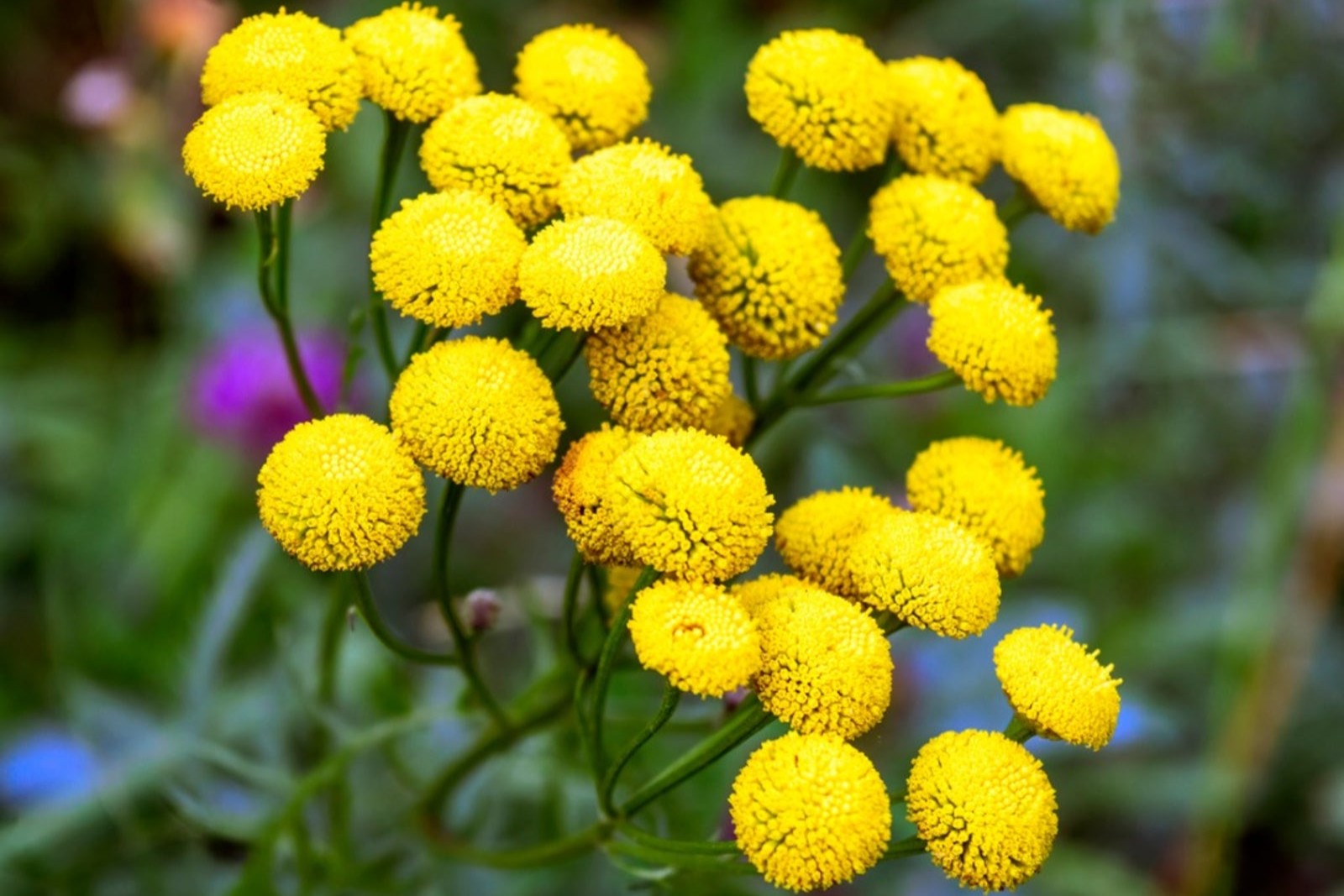
Tansy, a plant often overlooked, holds a treasure of intriguing facts. Did you know tansy has been used for centuries in traditional medicine? This hardy herb, with its bright yellow flowers, isn't just a pretty face. Tansy was once a staple in medieval gardens for its supposed ability to ward off pests. Interestingly, it also played a role in ancient funeral rites. But wait, there's more! Tansy can be toxic if ingested in large amounts, yet it has culinary uses in small doses. From its historical significance to its modern applications, tansy is a plant worth knowing. Ready to learn 33 fascinating facts about this versatile herb? Let's dive in!
What is Tansy?
Tansy, a flowering plant, belongs to the aster family. Known for its bright yellow button-like flowers, it has a long history of use in traditional medicine and gardening. Let's dive into some fascinating facts about this intriguing plant.
- Scientific Name: Tansy's scientific name is Tanacetum vulgare.
- Native Range: Native to Europe and Asia, tansy has spread to North America and other parts of the world.
- Historical Use: In medieval times, tansy was used to treat intestinal worms.
- Symbolism: Tansy symbolizes resistance and immortality in the language of flowers.
- Toxicity: While useful, tansy contains toxic compounds like thujone, which can be harmful if ingested in large amounts.
Tansy's Role in Traditional Medicine
Tansy has been a staple in traditional medicine for centuries. Its various applications highlight its versatility and importance.
- Digestive Aid: Historically, tansy was used to relieve digestive issues like bloating and gas.
- Menstrual Relief: Women used tansy to alleviate menstrual cramps and regulate cycles.
- Anti-Parasitic: Tansy was a popular remedy for expelling intestinal worms.
- Anti-Inflammatory: The plant's anti-inflammatory properties made it useful for treating arthritis and rheumatism.
- Wound Healing: Tansy poultices were applied to wounds to promote healing and prevent infection.
Tansy in the Garden
Beyond its medicinal uses, tansy is a valuable addition to gardens. Its unique properties benefit both plants and gardeners.
- Pest Repellent: Tansy repels insects like ants, mosquitoes, and flies.
- Companion Planting: Planting tansy near crops can deter pests and improve soil health.
- Pollinator Attraction: Tansy's bright flowers attract beneficial pollinators like bees and butterflies.
- Soil Health: Tansy helps improve soil quality by accumulating potassium.
- Natural Fertilizer: Decomposed tansy leaves can be used as a natural fertilizer.
Culinary Uses of Tansy
While not as common today, tansy was once a popular ingredient in various dishes. Its unique flavor added a distinct touch to traditional recipes.
- Tansy Pudding: In medieval Europe, tansy pudding was a popular dish during Lent.
- Egg Dishes: Tansy leaves were often added to scrambled eggs and omelets.
- Herbal Teas: Tansy tea was consumed for its medicinal benefits.
- Flavoring: Tansy was used to flavor cakes, cookies, and other baked goods.
- Bitters: Tansy was an ingredient in traditional bitters, used to aid digestion.
Tansy's Role in Folklore and Mythology
Tansy has a rich history in folklore and mythology, where it was often associated with protection and immortality.
- Protection: Tansy was believed to ward off evil spirits and protect homes.
- Immortality: In Greek mythology, tansy was associated with immortality and eternal life.
- Funeral Rites: Tansy was used in funeral rites to symbolize the deceased's eternal life.
- Love Spells: In some cultures, tansy was used in love spells and charms.
- Dreams: Placing tansy under a pillow was thought to bring prophetic dreams.
Modern Uses of Tansy
Despite its ancient origins, tansy still finds relevance in modern times. Its applications have evolved, but its significance remains.
- Essential Oils: Tansy essential oil is used in aromatherapy for its calming effects.
- Natural Dye: Tansy flowers produce a yellow dye used in textiles.
- Cosmetics: Tansy extracts are used in skincare products for their anti-inflammatory properties.
- Insect Repellent: Tansy is an ingredient in natural insect repellent sprays.
- Crafts: Dried tansy flowers are used in wreaths and other decorative crafts.
Environmental Impact of Tansy
Tansy plays a role in the ecosystem, influencing both plant and animal life. Its presence can have both positive and negative effects.
- Invasive Species: In some regions, tansy is considered invasive and can outcompete native plants.
- Wildlife Habitat: Tansy provides habitat and food for various insects and animals.
- Erosion Control: Tansy's root system helps prevent soil erosion along riverbanks and slopes.
The Final Word on Tansy
Tansy is a fascinating plant with a rich history and a variety of uses. From its medicinal properties to its role in gardening and pest control, this herb has proven its worth over centuries. While it offers many benefits, it's crucial to handle it with care due to its toxic components. Whether you're a gardener, a history buff, or someone interested in natural remedies, Tansy provides a wealth of interesting facts and practical uses. Always consult a professional before using it for medicinal purposes. With its bright yellow flowers and distinctive aroma, Tansy can be a valuable addition to your garden or herbal collection. Just remember, a little knowledge goes a long way in making the most of this versatile plant.
Was this page helpful?
Our commitment to delivering trustworthy and engaging content is at the heart of what we do. Each fact on our site is contributed by real users like you, bringing a wealth of diverse insights and information. To ensure the highest standards of accuracy and reliability, our dedicated editors meticulously review each submission. This process guarantees that the facts we share are not only fascinating but also credible. Trust in our commitment to quality and authenticity as you explore and learn with us.
